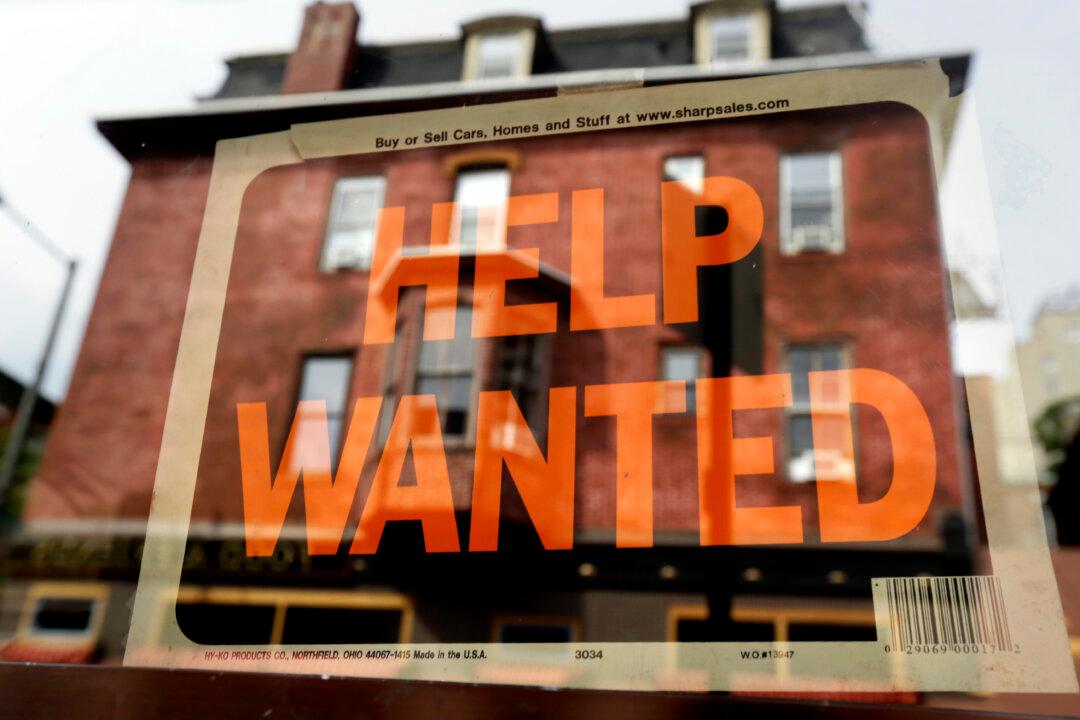WASHINGTON — The U.S. unemployment rate — now just 5.1 percent — grabs a lot of the attention each month when the government issues its jobs data. Yet the rate doesn’t come close to sketching a full picture of the job market.
So just how healthy is the U.S. labor market?
It’s a hard question to answer in the aftermath of the Great Recession, which produced only a tepid recovery and left damage that still isn’t fully repaired. It’s why the Federal Reserve has struggled to determine whether to raise interest rates from record lows: If the job market is back to normal, a rate hike may be justified. If not, the Fed should arguably postpone any increase.
The September jobs report coming out Friday will provide clues to the job market’s health that go beyond the unemployment rate.
Here are five things to look for:
Are more people either working or seeking work?
Not everyone out of work is looking for a job. A historically high number of people who were laid off in recent years failed to find work and stopped looking. Millions more have left the job market to return to school, care for relatives or retire.
Those trends have helped keep the unemployment rate artificially low: The government doesn’t count people as unemployed if they aren’t actively looking for a job.
Since the official start of the recession in December 2007, the proportion of adults who either have a job or are looking for one has fallen from 66 percent to 62.6 percent, a 38-year low. That’s equal to roughly 8 million fewer people in the workforce.
The Congressional Budget Office says about half that decline is due to an aging population. Roughly 10,000 baby boomers turn 65 every day, and many of them retire.
But about one-third of the drop is attributable to the sluggish recovery, the CBO said. Unemployment was stuck above 8 percent as late as 2012 — three full years after the recession officially ended. And pay growth is still meager.
How large a chunk of Americans actually have a job?
Even when you filter out the effects of aging and retirements, American adults as a whole are still less likely to be working than they were before the recession.
Many analysts focus on the percentage of prime-age Americans — those 25 through 54 — who have jobs. (People in this group are well below retirement age and have usually completed their education.) The percentage fell from 80 percent when the recession began to 74.9 percent in 2011. It’s since recovered to 77.2 percent but remains far short of pre-recession levels.
Some economists, such as Andrew Levin, a former adviser to Janet Yellen and now a professor at Dartmouth, say those figures show that the job market still has plenty of room to heal.





